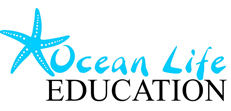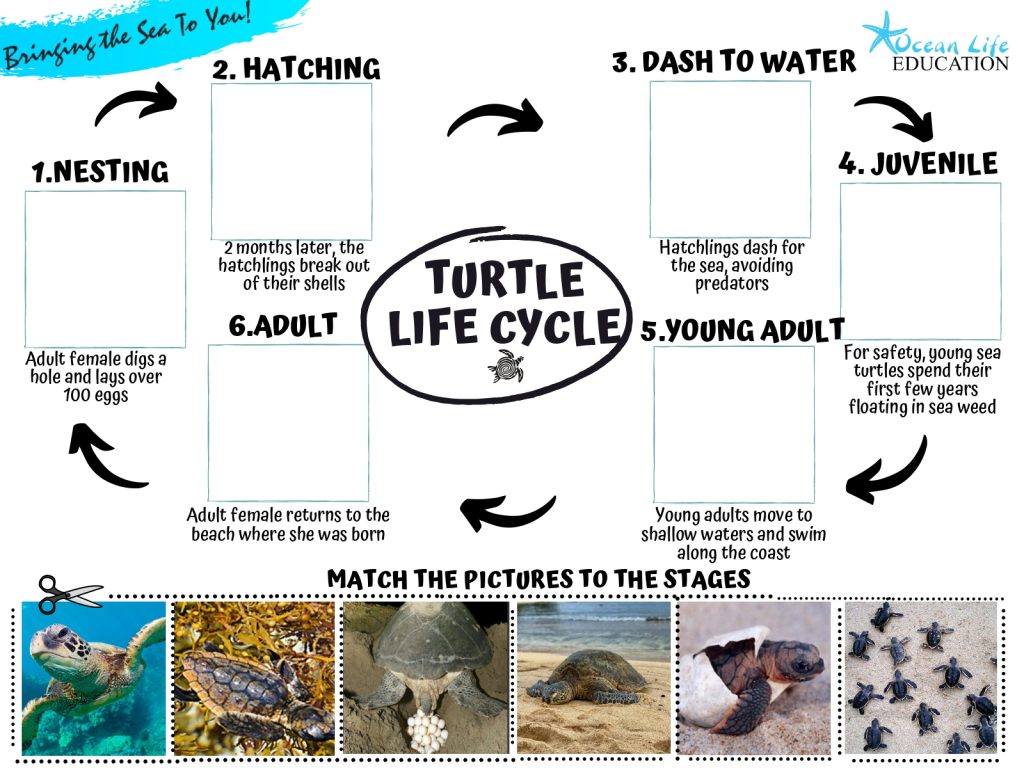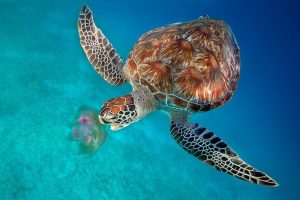The turtle lifecycle is one of nature’s most fascinating journeys – and a perfect topic for Australian teachers exploring science, sustainability, ocean heritage, and ocean ecosystems through the Australian Curriculum. By focusing on turtles of the Great Barrier Reef and South East Queensland, students can connect learning with real-world local habitats and understand how humans can help protect these graceful ocean travellers.
Check out our Habitats Fact Cards
Turtles of the Great Barrier Reef and South East Queensland
Six of the world’s seven marine turtle species visit Queensland waters, including the Green Turtle, Loggerhead Turtle, Hawksbill Turtle, Olive Ridley, Flatback, and the occasional Leatherback Turtle.
- Green and Loggerhead Turtles are most commonly seen around the Sunshine Coast and Great Barrier Reef.
- Flatback Turtles are unique to Australia and often nest on Queensland beaches.
These species play an important role in keeping seagrass meadows (found near Moreton Island) and coral reefs healthy.
The Turtle Lifecycle 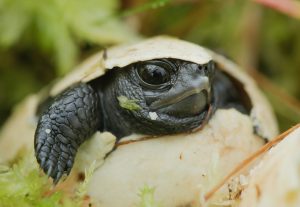
Teaching the turtle lifecycle provides a hands-on way for students to explore growth, change, and survival. The main stages include:
- Eggs – Female turtles come ashore at night to lay eggs in the warm sand.
- Hatchlings – Tiny turtles break free after about 6–8 weeks and make a perilous dash to the sea.
- Juveniles – They drift on ocean currents and feed in floating seaweed beds.
- Adults – After decades at sea, turtles return to their birthplace to nest, completing the life cycle.
This sequence supports Science Understanding: Biological Sciences (Years F–6), where students explore living things’ life stages and life cycles.
Link to Life Cycle Activity for Primary
Link to Ocean Life Education’s Habitats Primary Programs & Habitats Resources
Local Context: Habitat, Season and Threats
In South East Queensland, turtle nesting season runs from October to March. Students can investigate local beaches such as Noosa, Coolum, and Mon Repos, where Loggerhead and Green Turtles lay eggs.
Common threats include:
- Plastic pollution and marine debris mistaken for food
- Coastal development reducing nesting habitat
- Climate change, which affects sand temperatures and hatchling gender
- Boat strikes and fishing nets
These topics link directly to the Sustainability cross-curriculum priority, encouraging students to consider how their actions affect marine ecosystems.
Click here to link to our Human Impact Primary Programs
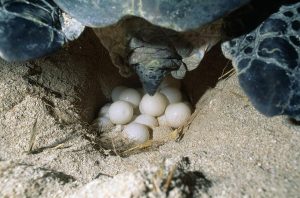 Curriculum Links
Curriculum Links
- Science – Biological Sciences: Life cycles, habitats, and needs of living things
- Geography: Exploring local environments and sustainability
- English: Report writing, sequencing events, and persuasive texts on conservation
- Visual Arts: Creating life cycle diagrams
- Digital Technologies: Using apps to track turtle migration
By integrating these learning areas, teachers can create meaningful STEM and inquiry-based learning experiences that highlight real environmental issues.
Check out our Life Cycle Themed Incursions
Connecting to Aboriginal and Torres Strait Islander Perspectives
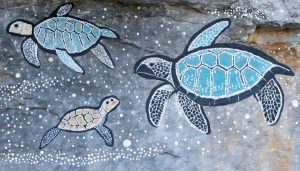
For thousands of years, Aboriginal and Torres Strait Islander Peoples have had deep cultural and spiritual connections to sea turtles.
The Kabi Kabi, Butchulla, and Woppaburra Peoples along the Queensland coast recognise turtles as part of their ocean heritage, using traditional knowledge to manage marine environments sustainably.
Including these perspectives helps students appreciate First Nations knowledge systems, aligning with the Aboriginal and Torres Strait Islander Histories and Cultures cross-curriculum priority.
Classroom Activities and Teacher Handouts 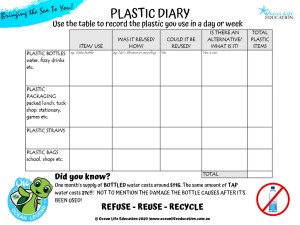
- Lifecycle Activity Diagram – Students order and label the turtle life stages using photos from local species.
- Plastic Diary – Get students to create a plastic diary and discuss solutions to reduce waste.
- Mapping Migration – Use maps or online data to trace turtle migration paths along the Great Barrier Reef.
Watch our short video on life cycles of ocean animals, including turtles – Introduced by Ocean Life Education’s Director of Education, Richard Coward.
Inspire Lifelong Ocean Guardians
By studying turtle lifecycles in the context of the Great Barrier Reef, students learn how science, sustainability, and community action come together to protect our oceans. Each activity builds awareness that even small changes – like reducing plastic use or joining a beach cleanup – can make a big difference for future generations of turtles.
About Ocean Life Education
At Ocean Life Education, we deliver engaging, hands-on marine incursions designed to connect directly with the Australian Curriculum. Our qualified marine educators bring live sea creatures and interactive learning experiences to schools and community spaces, allowing students to discover the wonders of marine habitats, biodiversity, and ocean conservation in a fun and memorable way.
Our sessions spark curiosity, build environmental awareness, and inspire students to care for Australia’s extraordinary marine ecosystems – empowering the next generation of ocean guardians.
